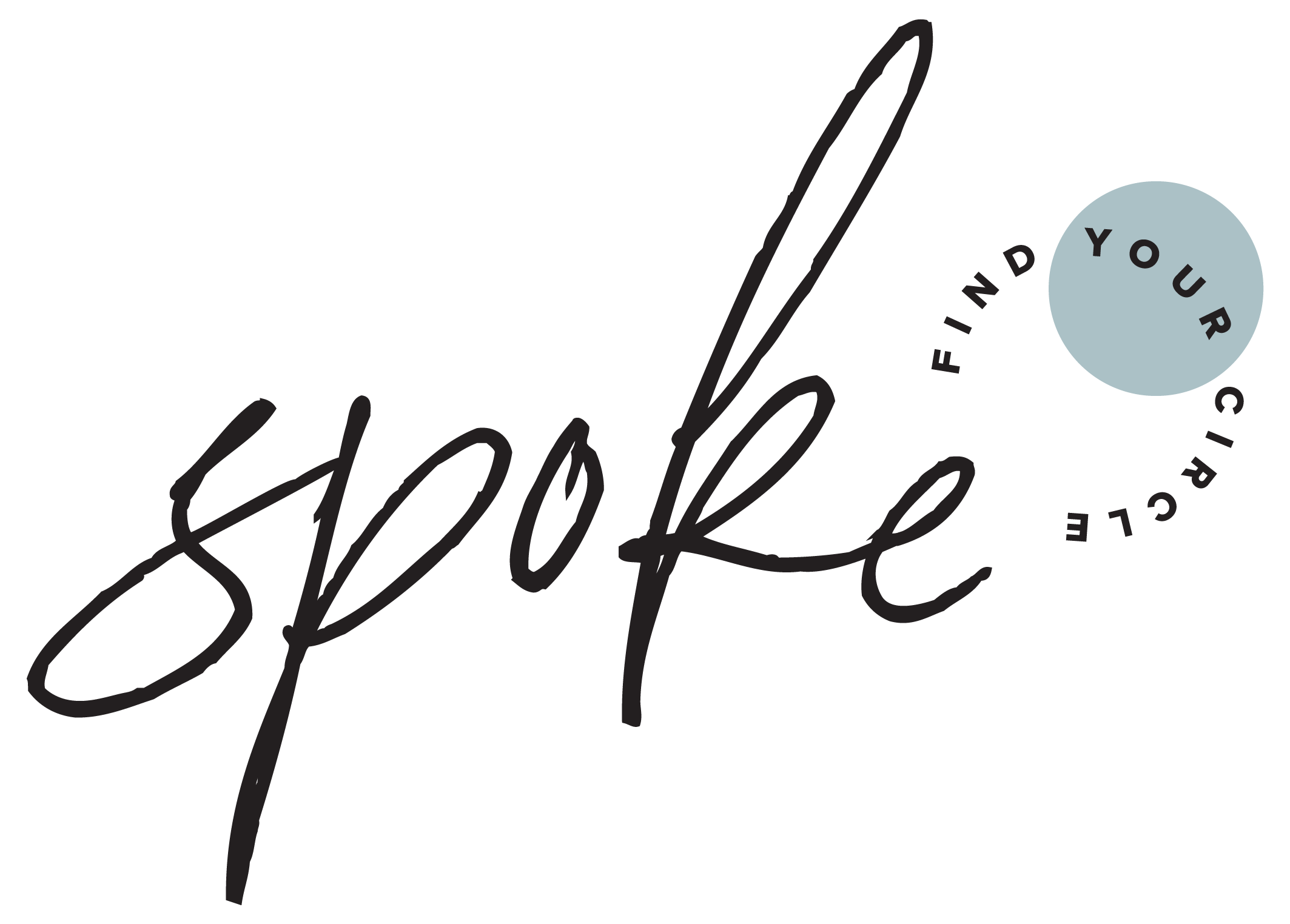Self Acceptance
False self vs. true self
We create a "false self" to shield our "true self" when we are afraid or unable to be genuine in the world. The cost of this creation is high, and when our false self takes the lead it begins to bury the very qualities it was created to protect. Accessing these buried qualities is often the key to freeing the love, creativity and meaning in our lives.
Psychoanalyst D.W. Winnicott used the term “false self” to describe the defensive structure a young child creates when her mother can’t respond to her with empathy and care. The child is forced to create a false self that meets the mothers needs, pushing her own aside. The more the child comes to feel that her true self isn’t appreciated or cherished, the more the false self begins to dominate. Winnicott describes a terrible poverty of inner life that arises from the ascendency of the false self; a loss of our innate vitality, joy and creativity.
“Accessing these buried qualities is often the key to freeing the love, creativity and meaning in our lives”
Connecting with our true selves is the key to living freely. However, the true self is challenging in both its power and its tenderness. Unless we are taught to work with its force and vulnerability, we have difficulty accessing. The more we shy away from and protect the true self, the more we rely on the false self, and the more uncomfortable we become with our true self. As this happens, we lose our ability to create, to play, and to love. Kierkegaard said that "the deepest form of despair is to choose to be another than himself.” This despair is the result of living life as the false self.
As long as we lead with our false self, we will always feel inadequate because the false self is inadequate. It was manufactured. It has no link to our personal power. Relying on our false self is like climbing a wobbly ladder. We will always be afraid of getting toppled, of being found out, of not being what everyone else needs us to be.
The true self emerges with breathing, with reflection, and with time with loved ones who welcome our authenticity. Listen for the voices that encourage your process of becoming--of letting the shy inner child in you out from behind the couch to explore, to fall on her face, to cover her clothes in chocolate, and to stain the white rug.
The false self tries to prove its worth by burying you in an avalanche of "shoulds," obligations and "IOUs" to others. Willpower is insufficient to change this dynamic. It requires a current relationship with the true self, the part of you which values a full life more than the quick dopamine hits offered by public acceptance, affirmation, and glory.
Consider these questions:
• Who is the false self you created to hide your true self? What does she look like? What does she do?
• Which aspect(s) of your true self have you been frightened to fully claim?
• Can you name those aspects as gifts? What would it look like to engage that true self more fully? How would it feel?
Be patient with yourself as you explore the answers to these questions, and note that they may change over time. It is also important to remember that our gifts can tell how committed we are to their protection. As much as we may try to coax them out of hiding, they usually won’t come out until they know we have their back. The false self is immensely strong; it was forged out of an urgent need for self-protection. According to Winnicott, the need to protect our true self is so great that some of us choose death over a threat to that self.
Giving up the false self, for many of us, means risking the love of our primary caregivers--divorcing ourselves from the "thing" we made ourselves into to be what they needed us to be, garnering acceptance and affirmation upends the delicate relational balance of love and acceptance. By putting ourselves in situations where the false self is reinforced, we keep our true selves behind the scenes suffering.
In order to liberate our core gifts and to stand in our own truths, it is essential that we find and build relationships with people who are capable of honoring those qualities in us and that we learn to do this for ourselves. To tap into, rediscover, and ultimately expose the true self, we must re-develop in nurturing relationships that are supportive of our genuineness.
Discovering and reclaiming the true self is one of the greatest and most challenging adventures of a lifetime, but also, perhaps, the only thing that will allow us to live fully.
At Spoke, we encourage stripped-down, genuine connection. Join us. Find your circle.
Lia Love Avellino
With the middle name “Love,” Lia was destined to seek connection. She has done so in a variety of professional capacities, including as a licensed social worker, published sex and relationships author, and a facilitator and community organizer implementing population-based interventions.
For the past several years, Lia has been on a mission to bring the science and ethos of therapy outside of the clinical setting. Using social justice and experiential learning frameworks, Lia facilitates a group process that gives people the space to develop deeper connections to themselves and others.
Lia is the Director of Head and Heart at The Well, a science-backed ecosystem for wellness in the heart of NYC and a therapist specializing in modern love and gender- and sexuality-based traumas at Rennicke & Associates. Lia writes content for a variety of publications, including Glamour, BestLife and The American Journal of Sexuality Education.



